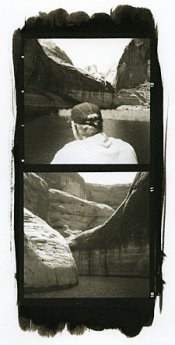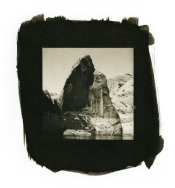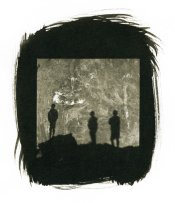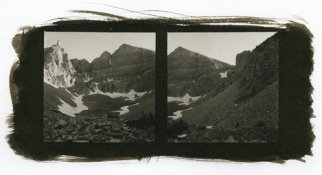Peter, at this point I would suggest the following - Do call B&&S, they are a great help and second pick up a copy of Arentz book. There are several variations of the different platinum and palladium process, as you can tell from the response you have had so far.
There is the straight platinum print (quite nice, but these can be somewhat difficult sometimes), then there is platinum and palladium, palladium (by iteself), palladium with ferric oxalate that Vaughn refers to, palladium using Na2, then there are the Ziatype/Ware-Meade and on and on - such as Gum over Palladium.
Each one has it's own plus and minus and the reason each of use a given method is because it produces a print that we prefer. While the process itself is not difficult, it can take some time to understand all of the different reasons for using a given method. Most of my prints are straight palladium - but I vary mine by using Lithum palladium or Cesium palladium to obtain a slight color shift.
First look at the bottles you have, see if it really is Na2 or the platinum and palladium kit. Na2 has very little platinum in it compared to the platinm/palladium kit. Plus, most that practice the Na2 method will dilute that bottle into several bottles so that you are working with 10%,5%,2.5%, 1.25% solutions. Using one or two drops of these to control contrast...if this is the method you learned from Tillman then you are already using the Na2 process. Send Tillman an email, he is a great guy and responds to questions and is very easy to talk to - I really think you have just gotten the names of the process mixed up and that is what is leading to the reply's you have gotten.
Good luck









